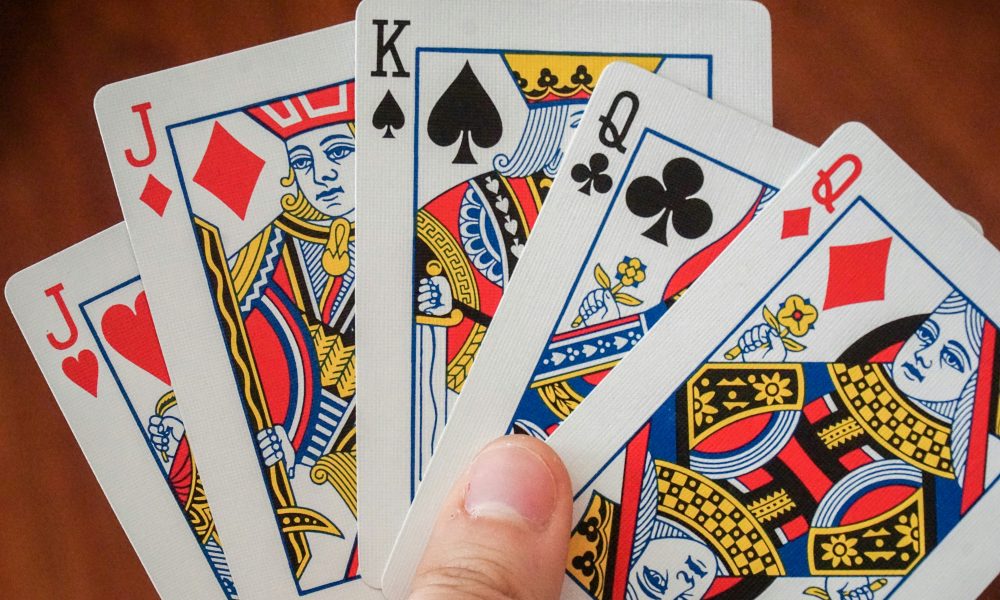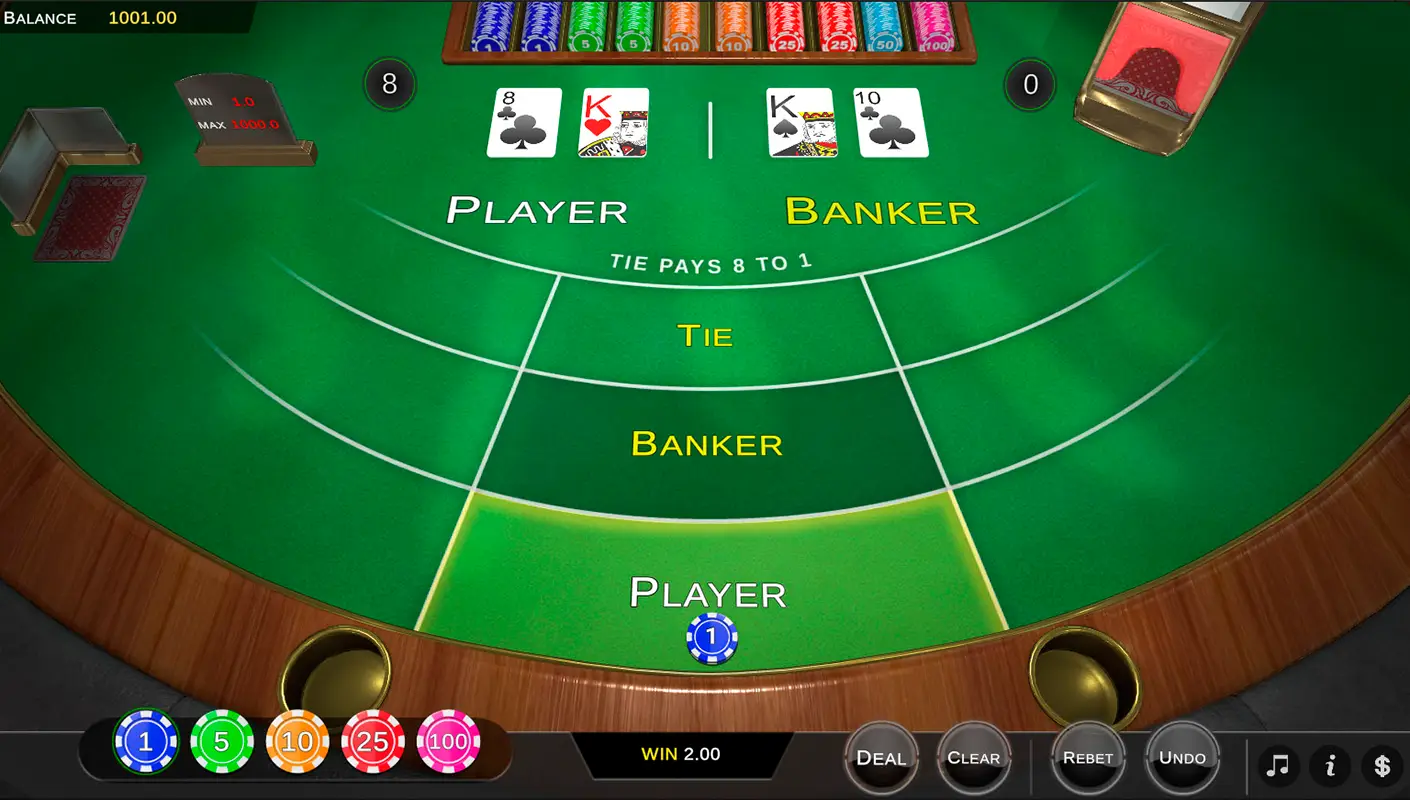The exquisite flavor of old France can be felt in every element of the old-time entertainment. One of the most elegant and strategically rich disciplines remains the card game of Chmen-de-fer, a Monte Carlo-style baccarat. Unlike the usual options, everything here is based on interaction between the participants, their ability to read the situation and make decisions under conditions of limited information.
History and Features: From European Salons to Modern Casinos
The first mentions of traditional baccarat date back to the 19th century. The name “Chemin de fer,” which means “railway” in French, refers to the rapid flow of cards between players. Gradually, the game spread to the aristocratic salons of Europe and later found its place in modern casinos.
Baccarat remains popular due to its dynamic nature and minimal involvement of the establishment. The main competition takes place between the banker and the opponent, while the dealer’s role is limited to managing the betting and following the rules.
The rules of the game of Chmen-de-fer: the main provisions
 The rules are based on comparing the final score of the two sides, the banker and the player. The goal is to achieve a score as close to nine as possible using the fewest cards possible.
The rules are based on comparing the final score of the two sides, the banker and the player. The goal is to achieve a score as close to nine as possible using the fewest cards possible.

The game begins with one player being designated as the banker, who accepts bets from the other players and deals the cards. The game of Shmen-de-fer is designed in such a way that after the hands are revealed, the winner is determined, and they either receive the winnings or pay out to the other players, depending on the outcome.
How to Play Shmen-de-Fer: Step-by-Step Guide
Understanding the rules begins with a clear algorithm:
- Choosing a banker: The player who makes the highest bet becomes the first banker.
- Betting: Other participants place their bets against the banker.
- Deal — everyone gets two cards.
- Under certain conditions, you can take a third card.
- Scoring: The hand with the closest score to nine wins.
The game is played with one or more decks (usually 6), which creates favorable conditions for tactical combat.
The Casino Game of Shmen-de-Fer: Modern Nuances
Despite the fact that traditional baccarat has retained the spirit of the classic version, the modern format has its own characteristics. In establishments, the role of the banker is often passed from one player to another in a circle, while the dealer only controls the correctness of payments.
In some versions, the establishment charges a small commission on the banker’s winnings, which should be taken into account when planning a strategy. Before starting a game, participants should keep the following in mind:
- The banker is determined by the highest bid;
- cards 10, jack, queen, and king give 0 points;
- An ace gives you 1 point;
- an amount greater than 9 is reset to the last digit;
- the third card is taken only according to certain rules;
- The side that scores 9 or is closest to the number wins.
The side that scores 9 or is closest to the number wins.
Deal: How the Third Card Rule Works
One of the most important features that distinguishes the card game of Shmen-de-fer from other variations of baccarat is the rule of the buy-in, which allows players to take a third card.
The decision to require an additional card is based on strict conditions. If the player’s score is between zero and five, they are required to make a buy-in. If the score is six or seven, the player remains in place without requesting an additional card.
If the player receives a natural eight or nine, the hand ends immediately without the need for an additional buy-in. The banker’s behavior depends on the outcome: the banker has the right to either request a third card or refuse, assessing their own chances of winning.
This distribution of decisions enhances the tactical element in the game, forcing players to consider not only their own hand but also their opponent’s actions.
Proper understanding of the conditions of the buy-in becomes one of the decisive factors for success in a casino, especially in a classic game like Shmen-de-fer, where the player’s ability to adapt to the rapidly changing circumstances of the game plays a crucial role.
Betting and Dynamics: Features of Chip Distribution
The game allows each participant to bet against the banker or to observe the process. The main intrigue becomes the choice of the amount: take the risk and try to seize the initiative, or make a minimum bet, saving the funds for the next round.

Unlike many options, every move is important here, because the banker’s role changes dynamically, and control over the table is part of the strategy.
Strategies in Chemin de fer: Logic and Calculation
Despite its apparent simplicity, the card game of Shmen-de-fer allows for the use of certain tactical schemes. Experienced professionals analyze the number of cards, track the features of previous games, and adjust the size of their bets based on the likelihood of victory. The most important factors include:
- the ability to manage your bankroll;
- quick reading of opponents’ behavior;
- correct calculation of probabilities when buying in.
These nuances distinguish successful players from beginners who rely solely on luck.
A variation of baccarat: what is the difference between Chmen de Fer?
Baccarat in the Monte Carlo casino style belongs to the varieties of the classic duel, but it has fundamental differences. In the original version of baccarat, the main role belongs to the casino and the betting system on one side. In the card game Chemin-de-fer, the initiative passes from one player to another, which makes the process more dynamic and unpredictable.
The difference enhances the element of strategic thinking, turning Chemin-de-fer into entertainment for real tacticians.
Conclusion
 Elegance, dynamics, and strategic diversity make the card game of Shmen-de-fer a worthy choice for both beginners and experienced gamblers. Knowledge of the basic rules, the ability to correctly interpret situations with a buy-in, competent betting management, and a careful approach to the dynamics of the game form the basis for a successful strategy.
Elegance, dynamics, and strategic diversity make the card game of Shmen-de-fer a worthy choice for both beginners and experienced gamblers. Knowledge of the basic rules, the ability to correctly interpret situations with a buy-in, competent betting management, and a careful approach to the dynamics of the game form the basis for a successful strategy.
In today’s casinos, old-school baccarat remains an option for those who appreciate intellectual excitement and subtle calculation.
 en
en  ru
ru  de
de  ar
ar  es
es  nl
nl  hi
hi  fr
fr  it
it  pt
pt  el
el 



